Platform news
November Highlights
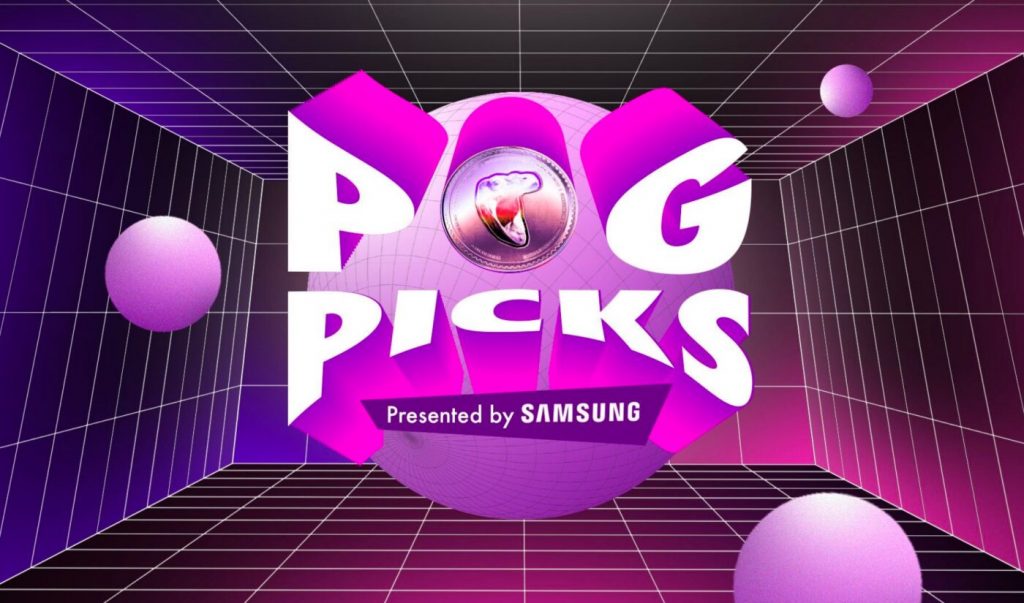
Twitch bets on livestream
shopping with expanded holiday
programming
“Pog Picks”, produced by Twitch’s Brand Partnership Studio and hosted by Twitch streamers, showcases products from both editorial picks and brand sponsorships, and encourages viewers to compete in a series of gaming challenges and polls to win featured products.
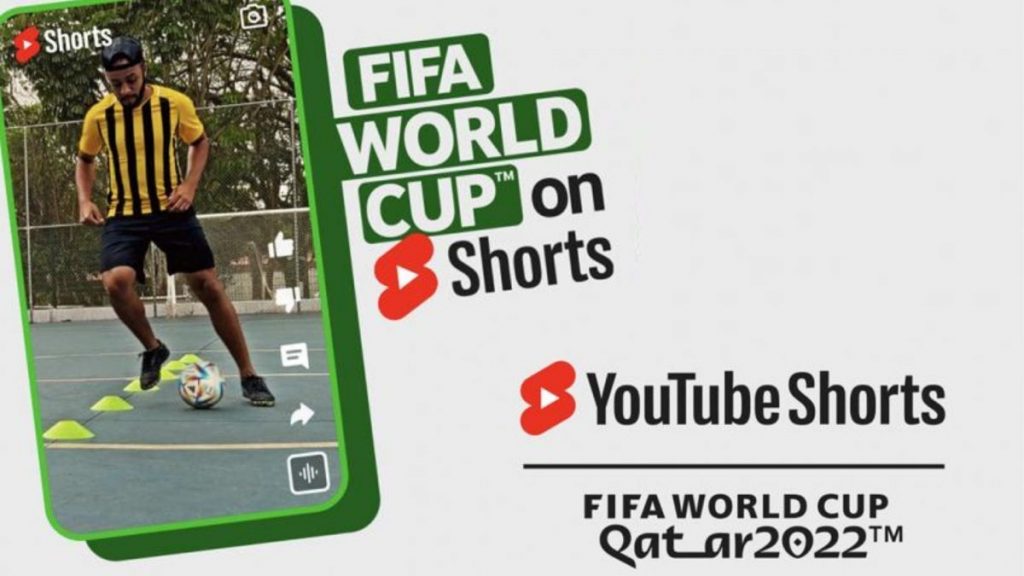
YouTube Promote Shorts via World Cup Activations
YouTube’s looking to use the FIFA World Cup as another avenue to promote YouTube Shorts via a range of themed activations and challenges for the event. It now has 1.5 billion monthly active users and sees more than 30 billion daily views, making it a big area of opportunity for advertisers.
Sources:
httos://www.marketingdive.com/news/twitch-livestream-holidav-shopping-marketing-poo-picks/637018
https://www.socialmediatoday.com/news/YouTube-Promotes-Shorts-via-World-Cup-Activations/637092/
Why should you care
Live shopping continues
to be a key focus for brands
& platforms
The U.S. market for livestream shopping is just taking off. Its projected trajectory is from $20 billion in revenue this ear to $57 billion in 2025. The trend started in Asia, in March 2020, live commerce was used by 265 million people–almost 30% of which were Chinese Internet users.
Following China’s lead, Western brands, retailers, and marketplaces are establishing their own live-commerce ventures and events to promote their products, especially in beauty and fashion. Tommy Hilfiger for example, recently extended its livestream program to Europe and North America following successes in China, where one show reportedly attracted an audience of 14 million and sold 1,300 hoodies in two minutes.
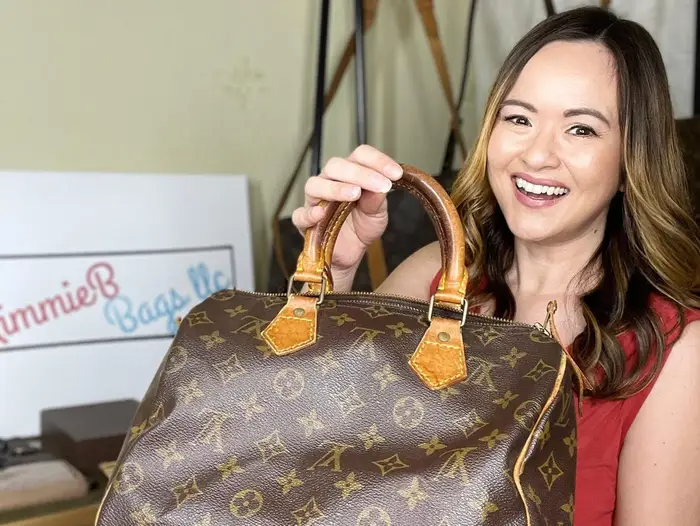
Social commerce is a profitable area for social media platforms that run on advertising dollars. Shorts has recently announced shopping features, which came just days after TikTok announced their plans. Recently, TikTok began testing its long-anticipated Shop program, which lets users purchase products directly in the app. They are gearing up to build fulfilment centres with the company handling customer service, warehousing, and returns.
Expect to see more brands experimenting with live shopping, using influencers as a means to connect with customers authentically. McKinsey predicts that micro and nano-influencers are the future for live shopping, as their fans are up to 10x more engaged than those for mega or macro influencers. Additionally, these partnerships can help brands reach completely new audiences.
Sources:
Gen Z Shopping 2022, State of Social Commerce
https://www.mckinsey.com/capabilities/mckinsey-digital/our-insights/its-showtime-how-live-commerce-is-transforming-the-shopping-experience
https://www.socialmediatoday.com/press-release/20221114-livestream-shopping-survey-by-the-influencer-marketing-factory/
https://www.theverge.com/2022/11/15/23460596/youtube-shorts-shopping-affiliate-marketing-tiktok-ecommerce
https://www.insiderintelligence.com/content/uk-social-commerce-2022
https://www.forbes.com/sites/forbestechcouncil/2022/09/22/livestream-shopping-is-about-to-explode/?sh=34e5a00023c5
https://www.thedrum.com/news/2022/09/21/which-social-platform-will-win-the-social-commerce-race
Consumer expectations for sports content increasingly goes beyond the game
By partnering with FIFA for the latest World Cup, Google has spotted a larger opportunity – consumers now want (and expect) an all-access pass beyond the game. The month-long 2018 World Cup, for example, showcased 64 live matches, generating around 110 hours of match content, equal to about five days of watchtime. That match content, however, generated 230 million hours of YouTube watchtime, equal to 26,000 years’ worth.
Data from the 2021 FIFA Arab Cup — which was watched online 29 million times — reveals that while a match lasts offline for an hour and a half, it lives on YouTube for more than 15 hours that day. That’s because supporters are watching and rewatching matches, as well as before and after moments.

Credit: Netflix
Sports as a category is no longer just about the games, but about the storytelling and content you can get around the game itself. By doing so, it creates a more intimate and authentic content experience. You only have to think of Netflix’s drive to survive. A report from Nielsen found that the docuseries brought in younger fans, with 46% of those that tuned into both Drive To Survive and Formula 1 being aged 34 and younger.
Sources:
https://www.theverge.com/2022/11/7/23444530/youtube-shorts-tv-app-tiktok
https://www.thinkwithgoogle.com/intl/en-145/consumer-insights/consumer-trends/digital-marketing-trends-2023/
https://www.forbes.com/sites/steveprice/2022/11/04/content-creation-trends-well-see-at-qatar-2022-world-cup/?sh=7081f40f69d0
https://www.forbes.com/sites/jacksonweimer/2022/09/09/the-inside-scoop-on-how-sports-have-been-affected-by-the-latest-social-media-trends/?sh=398c78f86516
https://www.deloitte.com/global/en/Industries/tmt/perspectives/gx-digital-transformation-and-future-changes-in-sports-industry.html
https://wearesocial.com/uk/blog/2022/07/the-future-of-sports-fandom-how-brands-can-engage-sports-fans-in-2022-and-beyond/
https://shekicks.net/first-look-roblox-x-uefa-womens-euro-2022/
Brand inspiration
November Highlights
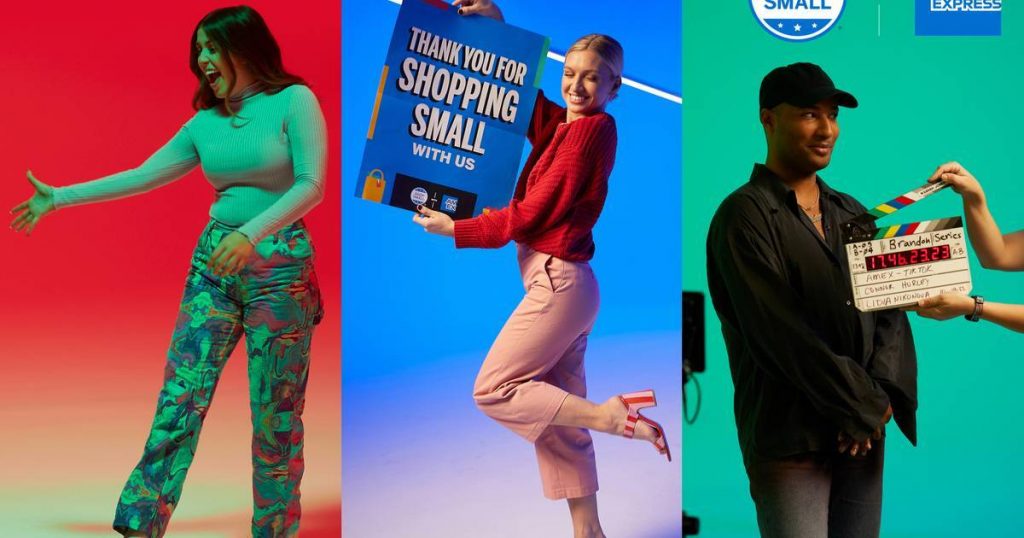
American Express partners with TikTok for small business accelerator
American Express often works to support small businesses, having ran numerous initiatives like its year-round Shop Small Resource Hub. Its latest move sees the company working to ensure small business owners aren’t left behind as TikTok grows in popularity, especially among the Gen Z consumers businesses may hope to reach.
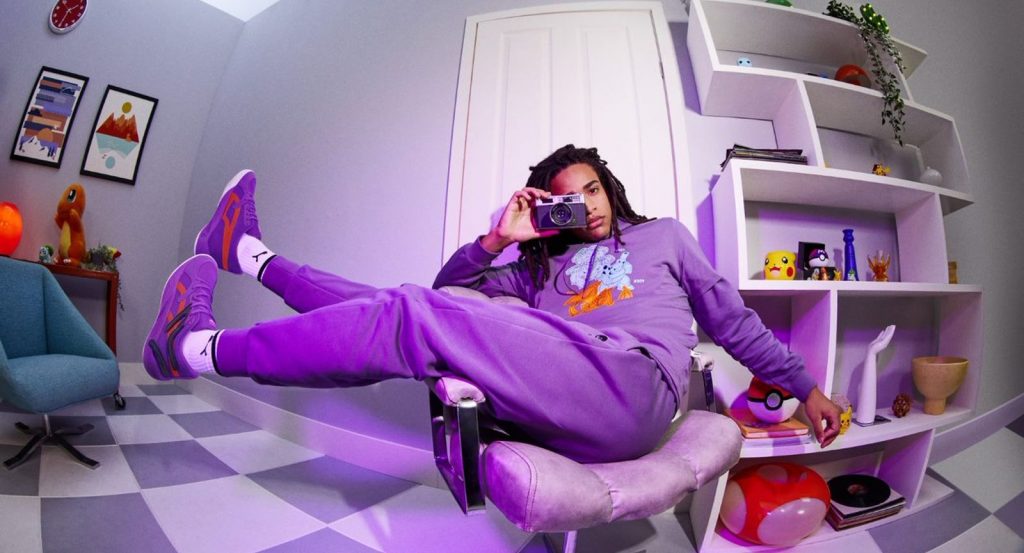
Foot Locker stores become Pokemon Go gyms and stops in Puma tie-up
Across the U.S., 400 Foot Locker, Kids Foot Locker and Champs stores have been turned into Pokemon Go Gyms and PokeStops, where players can interact with each other and in-game creatures for the next six months.
Sources:
https://www.marketingdive.com/news/american-express-tiktok-small-business-accelerator/636837/
https://www.marketingdive.com/news/foot-locker-pokemon-go-puma-AR-marketing/636245/
Why should you care
The rise of B2B influencer marketing
B2B influencer marketing has the potential to generate $11.7 billion in revenue by the end of 2022, with more than 38% of B2B companies currently exploring influencer marketing as a new lead-generation avenue. Influencer marketing is set to become a mainstream approach for B2B companies that are looking to tap into the power of social media and content marketing.

B2B influencers tend to be found on four main platforms: Linkedin, Twitter, YouTube and TikTok, and each platform has a different style of content that supports different functions. For example, Linkedin and Twitter offer more content geared towards thought leadership and innovation, through articles, static posts or tweets. TikTok, meanwhile, prioritizes content toward corporate culture, comedy and enterprise entertainment through short videos. YouTube on the other hand focuses more on education and skill development in long-form tutorials.
Proving that B2B campaigns can work on TikTok, UK accountancy software Sage ran a #BossIt2021 challenge inviting small business owners to “shout out brilliant ‘boss it’ moments of every kind”—and offering the chance to win a £10,000 prize for the best one. According to Sage’s half-year results for 2021, the campaign resulted in over a million user-generated videos and over seven billion views.
Sources:
https://www.fastcompany.com/90814328/tiktok-for-brands-keep-hold-of-your-values-and-dive-into-the-creator-community
https://adage.com/article/influencer-marketing/why-b2b-influencers-are-finding-success-social-platforms/2426836
https://www.forbes.com/sites/forbesbusinesscouncil/2022/09/27/are-you-getting-the-most-out-of-your-b2b-influencers/?sh=23559a45128c
https://www.thedrum.com/opinion/2022/08/11/6-things-b2b-marketers-need-know-about-influencers
https://www.tiktok.com/@mrbeast/video/7158542261746371883?is_from_webapp=v1&item_id=7158542261746371883&lang=en
The power of cultural relevance (and social listening) in fostering communities
Most everyday experiences are becoming a seamless mix of on-and-offline activities. By 2030, half of the respondents in Ericsson Consumer & IndustryLab’s recent report imagine the difference between physical and digital reality will be almost completely gone.
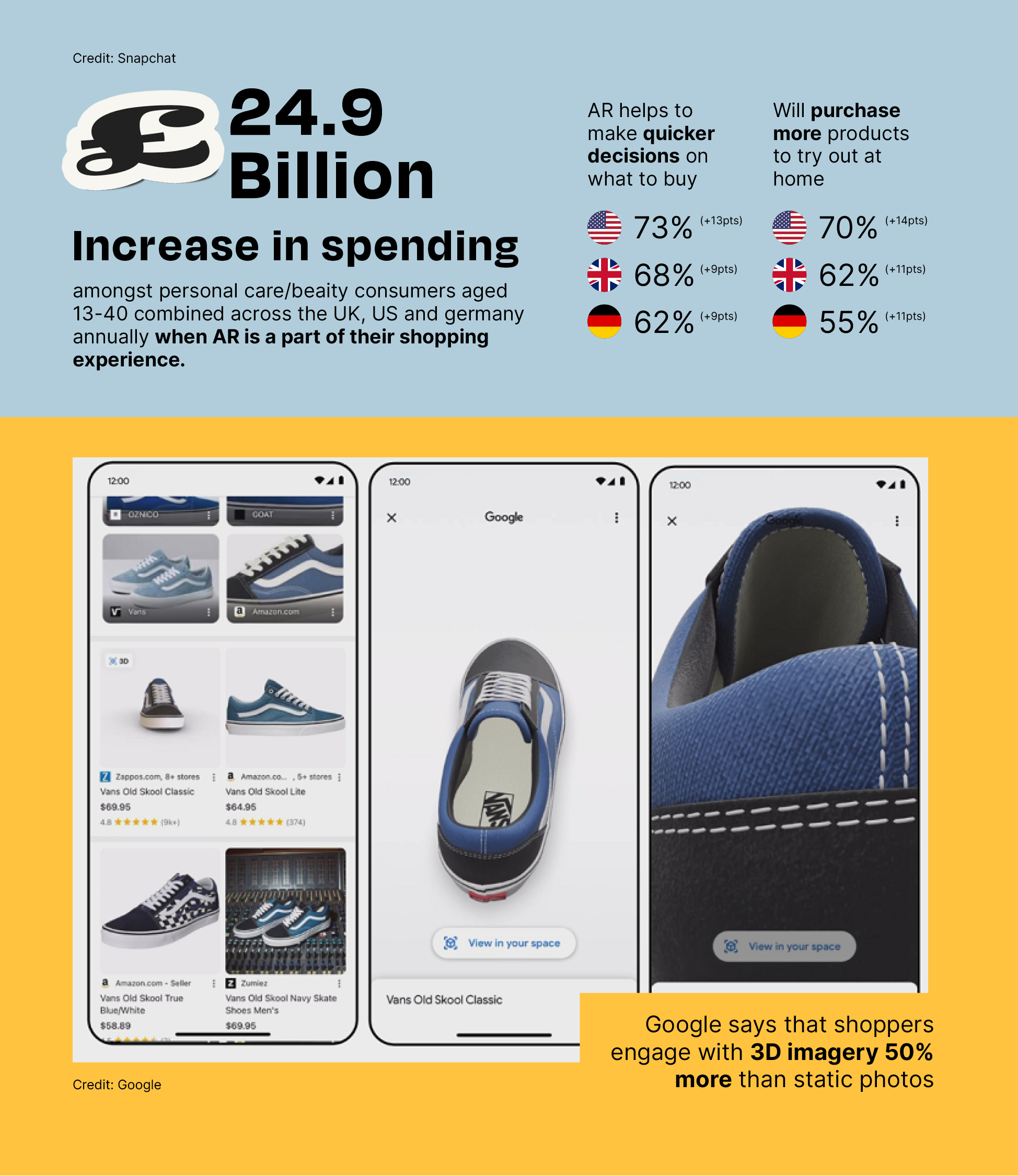
As consumers, we’re increasingly wanting (and expecting) our relationships and interactions with brands to be memorable and experiential. This means that brands that want to stay relevant will have to create customer journeys that are thoughtful and unforgettable. Metaverse platforms are becoming one of the best ways of doing this, as well as AR. The combined market for AR and VR headsets is expected to grow tenfold from 2021 through 2028 and according to the Future of Marketing Institute, data collected by smart glasses could mean extremely tailored ad experiences for users.
In the not so distant future, digital ads that are not visible to the naked eye could come alive using AR. Advertising space that has long been confined to billboards, signs and digital spaces could open up anywhere (if you have the tech). AR will, of course, be shaped by how businesses use it. Ikea for example uses it functionally, allowing you to view furniture in your space before you purchase. Google’s recently added some new AR shopping elements for the holiday shopping push, including a new makeup simulator for foundation, which is the most searched category.
Sources:
https://www.marketingdive.com/news/amazon-fashion-snapchat-ar-marketing-shopping-lenses/635690/
https://www.socialmediatoday.com/news/Snap-Highlights-the-Rising-Potential-of-AR-for-Marketing/637089/
https://www.forbes.com/sites/bernardmarr/2022/11/21/the-top-10-tech-trends-in-2023-everyone-must-be-ready-for/?sh=1558bc387df0
https://www.forbes.com/sites/bernardmarr/2022/11/29/the-top-4-customer-experience-trends-in-2023/?sh=bb7454bc788e
10 Hot Consumer Trends 2030, Ericsson Consumer & IndustryLab
https://www.theverge.com/2022/11/17/23463988/niantic-qualcomm-augmented-reality-glasses-ar2-gen-1-processor-platform-snapdragon-spaces
https://www.digitaltrends.com/mobile/ar-glasses-replace-smartphones-future-how/
https://www.forbes.com/sites/forbesagencycouncil/2022/11/29/what-are-augmented-reality-filters-and-how-can-you-market-your-business-with-them/?sh=145f16bc4d66
https://futureofmarketinginstitute.com/ar-glasses-the-future-of-marketing/




